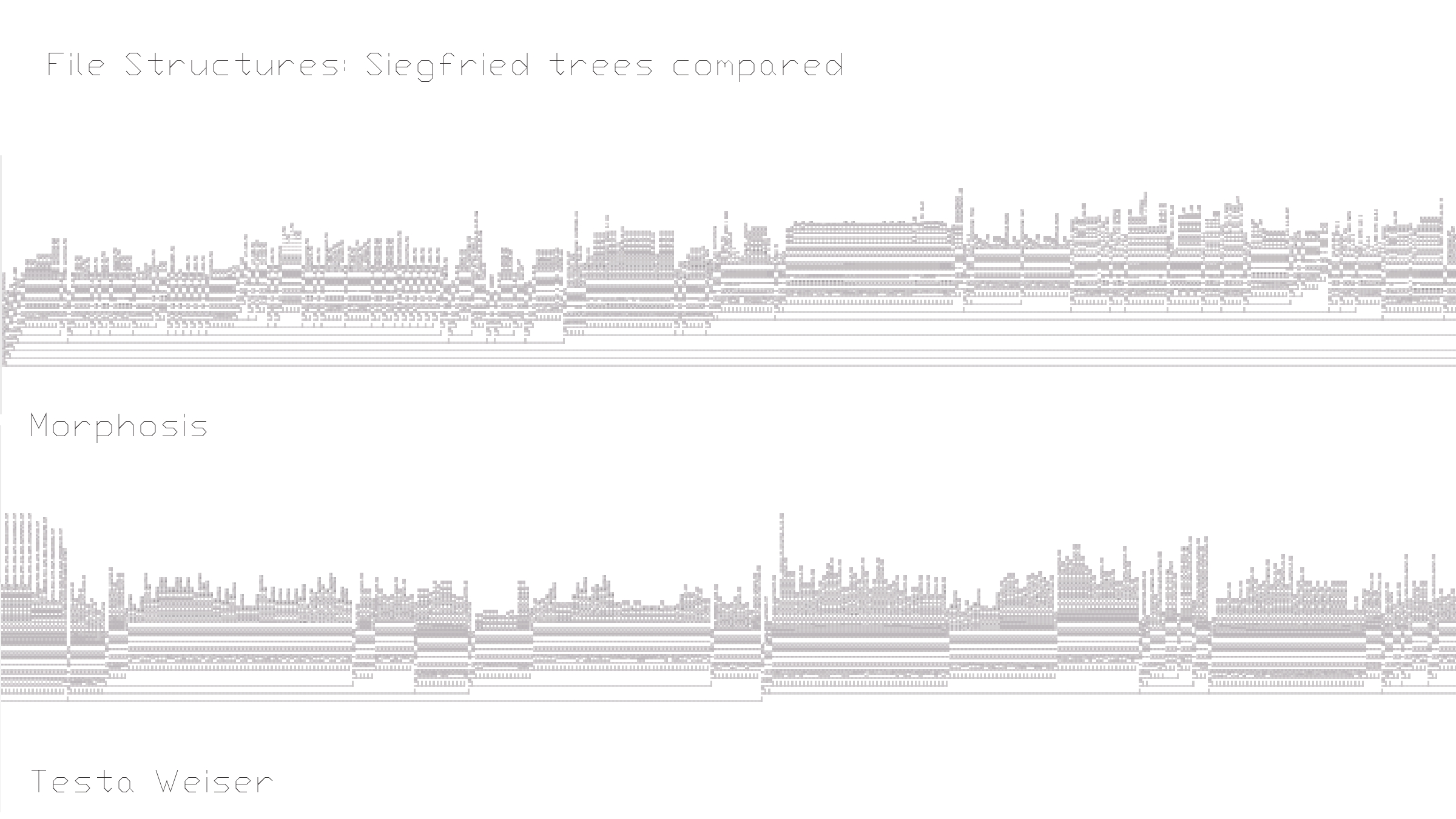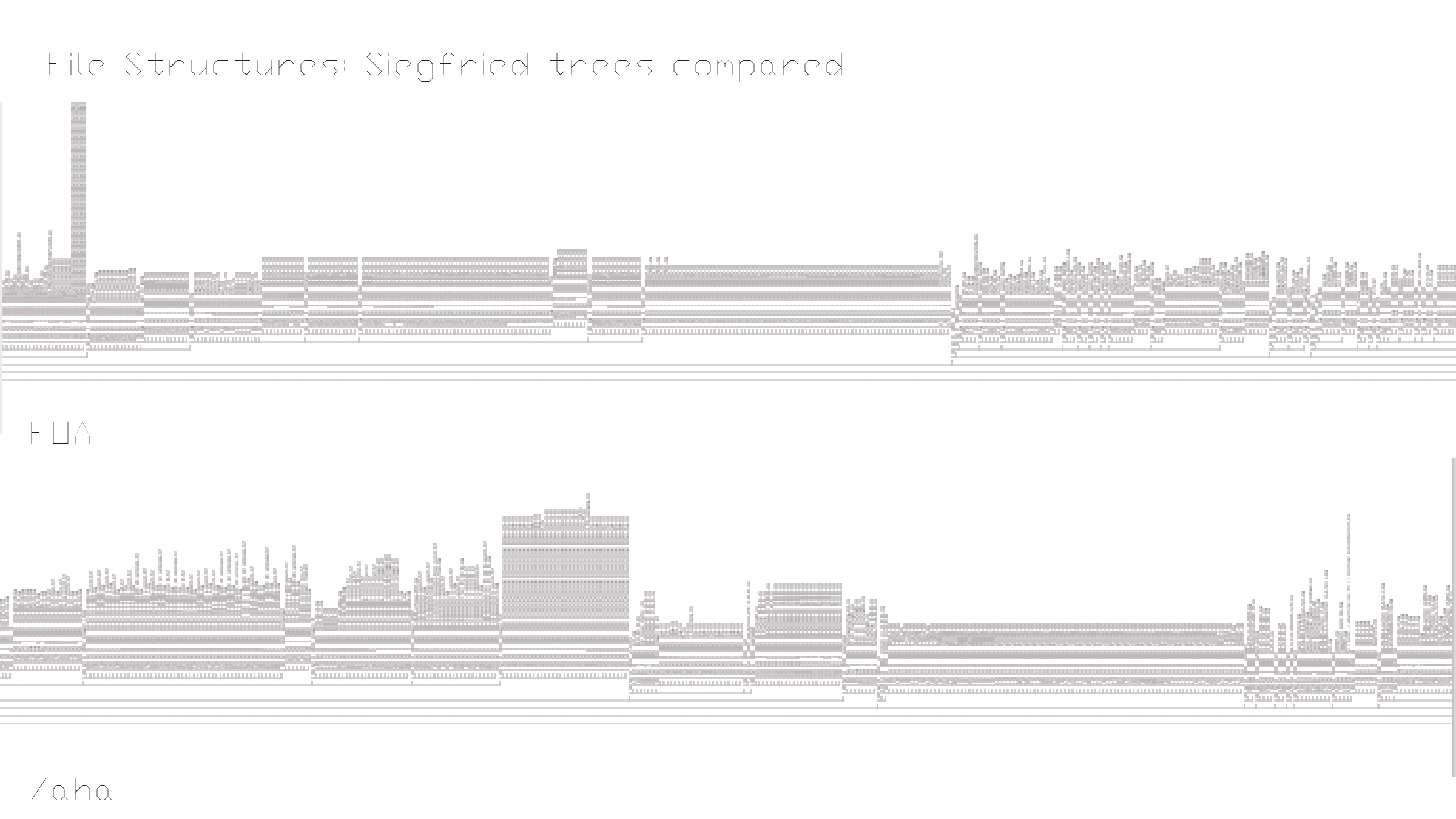Digital Archival Research
Canadian Center for Architecture, Montreal

What can be gleaned from examining the data embedded in our digital drawings and 3D models? Using a novel technique for analyzing digital files we can uncover the partial history of a file, including the sequence in which components were created and how they were translated into other forms by software algorithms. Combined with the right digital archive, these methods provide access to a new kind of data set which can shed light on the evolving relationship between designers and their digital tools since the so-called digital-turn of the 1990s. With the Schlossman Award, I will visit the most important collection of computer design files in the world.
What can we learn from examining a given digital file of a drawing or 3D model? We could certainly open up the file in the appropriate software program and examine the drawing or model itself, but what more is hiding beneath this virtual representation? Just as archaeologists have found hidden paintings concealed beneath famous works of art using radiography, is it possible to uncover another layer of information in our digital files lying just beneath the surface? While a drawing or 3D model file appears to us on screen as collection of parts existing at one and the same time in virtual space, the constituent lines, triangles or surfaces are actually represented in the software program as a sequence known as an index. By examining a file’s element index, information can be gleaned about i.) the designer’s drawing or modeling process and ii.) the idiosyncrasies of the software program in which the file was created.
i.) An index often reveals the order in which a file’s components were instantiated by the user, providing a kind of micro-history of a particular drawing or modeling process. Gaps in the index here appear to represent objects which were deleted somewhere in this process, these are the shadows of the various paths not taken in a creative process.
ii.) To make certain tasks easier to compute (such as rendering or 3D printing), an index originally determined by a user might be reshuffled by a computer algorithm. Some operations irreversibly eclipse a file’s history while others add another layer of information to the file to create a kind of digital palimpsest. If the effect of these operations on the file’s history can be isolated, the index can provides insight into the inner-workings of our software programs which are typically closed-source “black-boxes”. Finding strategies of representing the sequence of elements in an index to uncover meaningful patterns is the subject of my research. This work requires building a tool box of forensic methods to distinguish between user or algorithm-derived indexes across various file types and software platforms.

